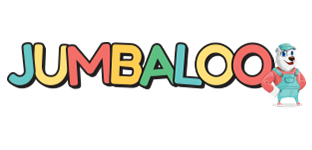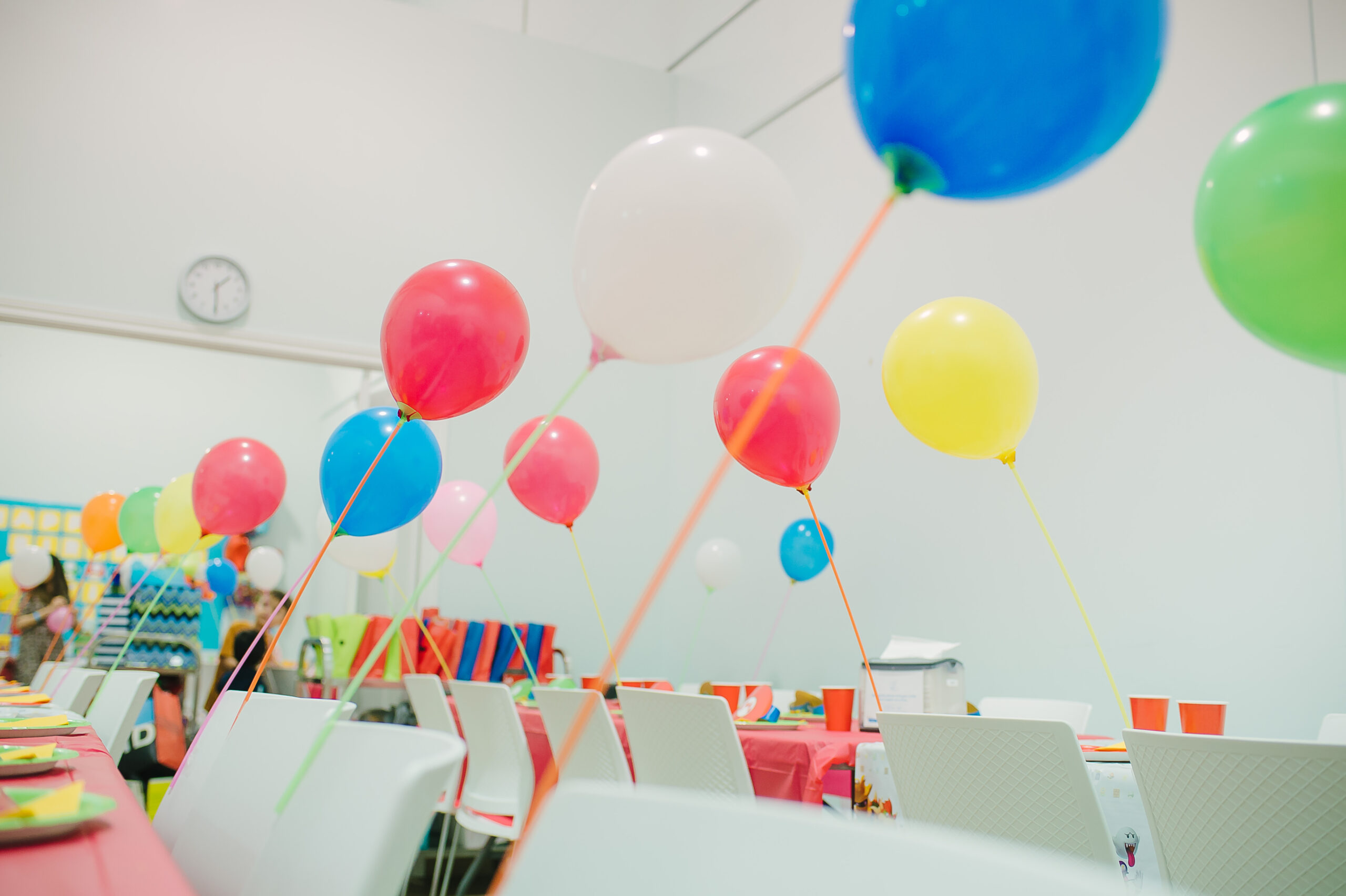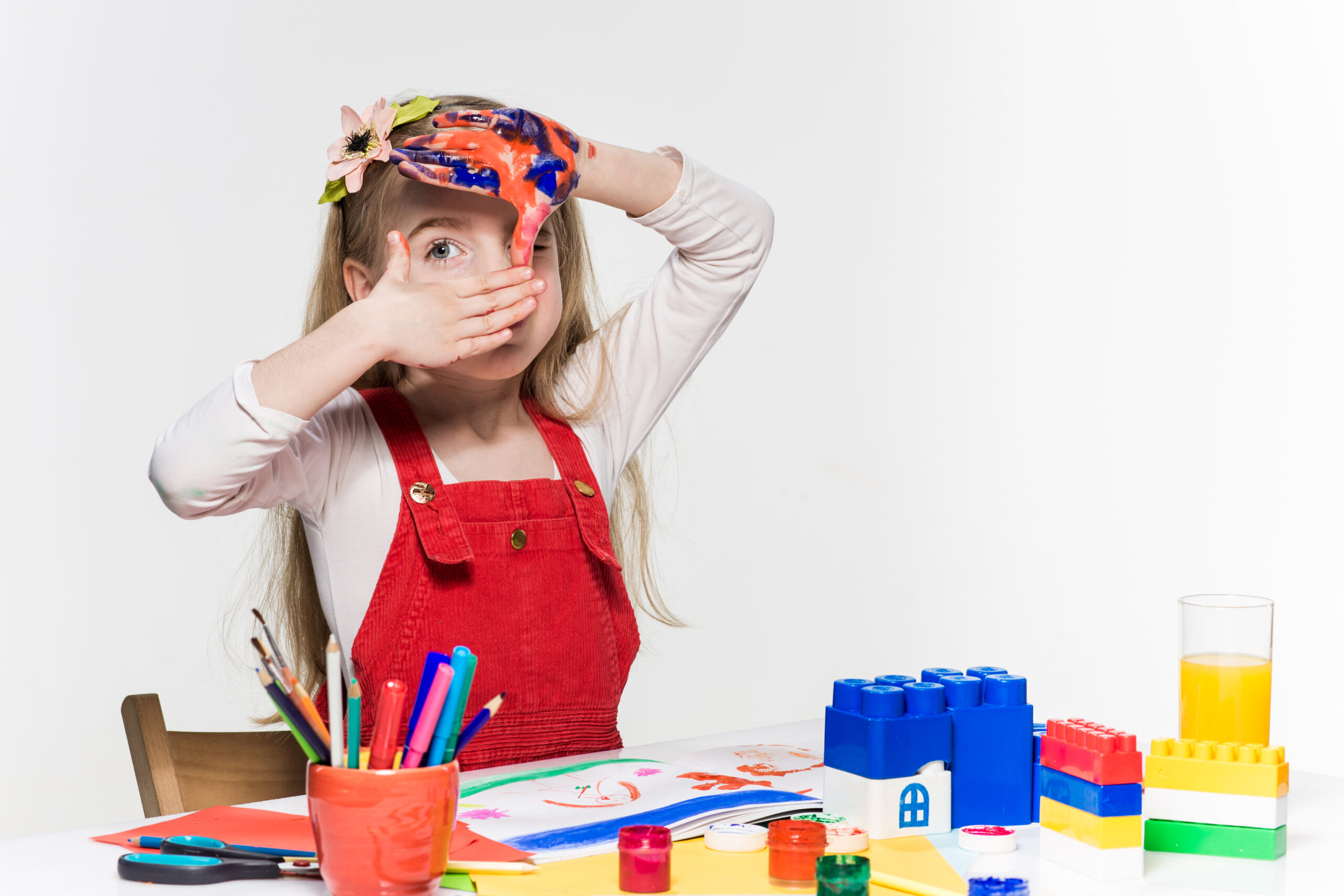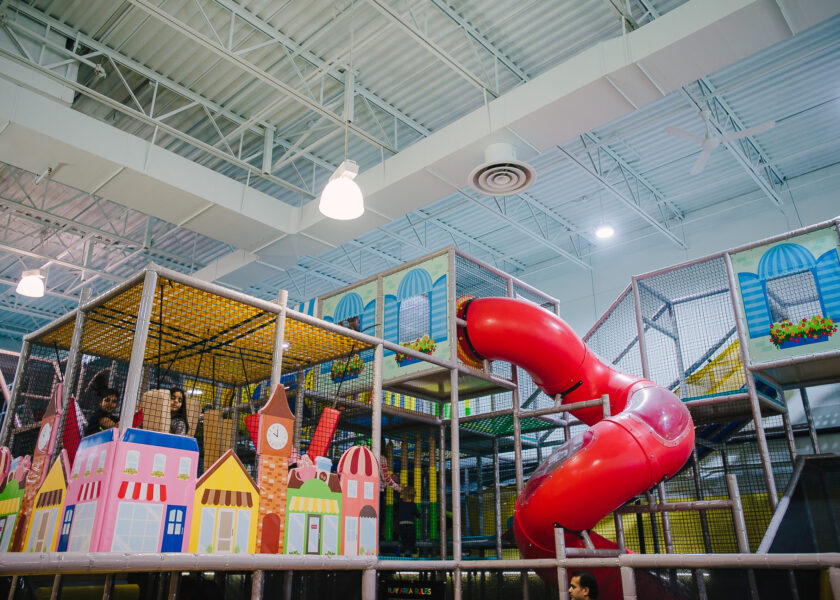
Surprising Benefits of LEGO Blocks
LEGO is universally known as one of the most popular children’s activities in modern day history. Originating from a company in Denmark, LEGO consists of building blocks that can be used to build a wide variation of different structures and sets.
LEGO blocks are also widely celebrated for being beneficial for children’s development. They foster a wide range of abilities, including increased motor skills, spatial skills, creative thinking and enhanced problem-solving.
In this blog, we’ll review exactly what LEGO is and touch on some of the key benefits of introducing these colourful blocks into your children’s play regime. Lastly, we’ll go over some similar toys that can offer similar benefits.
What is LEGO?
LEGO is a special type of building toy created by The Lego Group, a company headquartered in Denmark. In Danish, the name LEGO translates to “play well”.
LEGO blocks are colourful plastic interlocking bricks. They can be joined together by small studs located on the top and congruent holes located on the bottom (known as the “brick-and-knob connection”).
LEGO can be purchased in a myriad of different shapes, colours and sizes, as well as in a wide variation of different themes and concepts. For example, LEGO versions of cars, robots, buildings and even popular licenced franchises (such as Star Wars, Harry Potter and Batman) can be found in retail stores worldwide.
What are the benefits of LEGO blocks for children?
Playing with LEGO blocks can help small children achieve several key milestones that are necessary for fundamental learning. Some of the most important ones include:
Increased Motor Skills
LEGO blocks offer a perfect opportunity for children to develop better dexterity and improve their fine motor skills. As different levels of pressure are involved with picking up and assembling the blocks, playing with LEGO is an excellent way for children to build stronger muscles in their fingers and hands. This is especially helpful when teaching them to hold and control a pencil to write or draw, to hold utensils while eating and other similar manual tasks.
Since LEGO blocks are relatively small and require attention for detail and precision, they’re also great for helping build your child’s hand-eye coordination.
Creativity
LEGO blocks are perfect for sparking creativity and experimentation in children. After all, the different sizes, shapes and variations of blocks offer endless opportunities for creative children to build works of art!
LEGO can be purchased with instruction manuals and themed sets included, but it’s also common to purchase loose blocks. This option is great for encouraging children to come up with their own structures and allowing them to use their imagination while building. This may include allowing them to experiment with different colours, shapes, stories and concepts.
Problem-Solving Skills
While LEGO can help foster your child’s creative side, it can also help them develop more effective problem-solving skills. Building LEGO structures doesn’t just require creativity — it also requires strong planning skills, in addition to lateral thinking, endurance and patience.
By exercising their problem-solving skills with LEGO blocks, children can explore different building strategies. This helps teach them that there can be more than one way to solve a problem, or how to tackle a project from multiple angles to find the best approach.
Other brain-boosting toys and games
Interested in looking for some other toys that can help your kids strengthen their brain development?
Here are some other popular alternatives that offer similar benefits:
Qwirkle
Qwirkle is a game that requires players to match colours and shapes. It’s also an excellent game to help children exercise their strategic thinking skills and apply tactical maneuvers.
Points are earned when players build rows and columns of items that share a common colour or shape. Extra points are earned when a tile is placed and that touches other pieces that share matching attributes.
K’Nex
K’Nex is another highly popular toy that, like LEGO, features interlocking pieces that can be used to build structures. However, unlike LEGO, the system is a little bit different — each piece comes in the shape of a rod, which can be interlocked on either end.
Like LEGO, K’Nex can also be found in different building sets for different age groups.
Magna-Tiles Magnetic Blocks
Magna-Tiles Magnetic Blocks have seen an increase in popularity in recent years. They usually come in the form of colourful shapes that have the ability to connect through magnetic attraction. They can be used to create a wide variation of shapes and designs, both simple and elaborate.
Magnetic blocks are great in that they are suitable for children of all ages — and, given their larger shape, they are entirely safe for younger kids to use.
Contact Jumbaloo Playgrounds
We hope you’ve enjoyed this blog and have learned a bit more about how using LEGO blocks (and other alternative toys) can be a great way to help boost your child’s brain and critical areas of their thinking.
At Jumbaloo Playgrounds, we still have our doors closed — but are excited to open them again once we can ensure safety for visitors of all ages. To start planning your next exciting event at our indoor playground, call us at 905-785-3990 or contact us by filling out our online form. We look forward to seeing you again soon!




